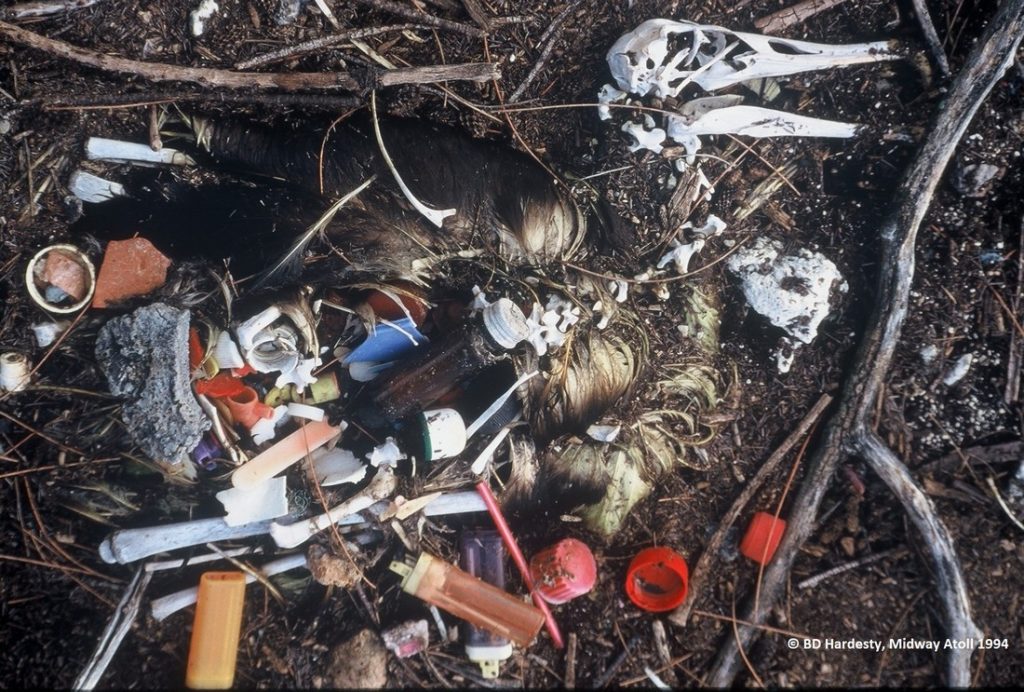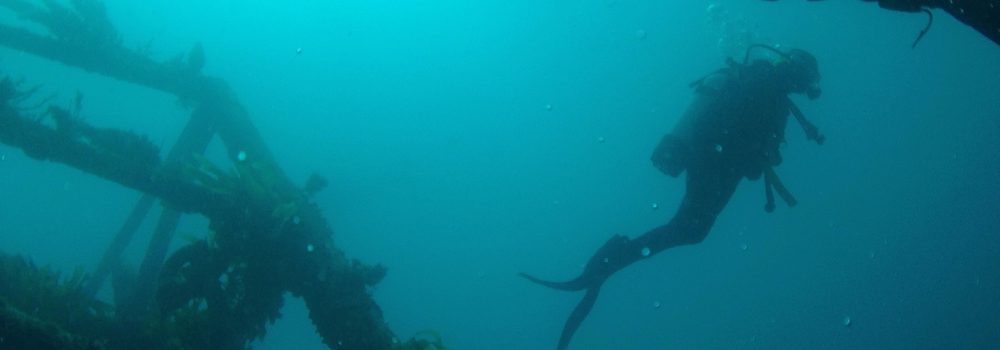Are those photos for real?
A study, published in Proceedings of the National Academy of Sciences, found that nearly 60% of all seabird species studied had plastic in their gut. Using this as a guide its likely that more than 90% of seabirds have eaten plastic rubbish.

The amount of plastic in seabird’s stomachs has been climbing over the past half-century. In 1960, plastic was found in the stomachs of less than 5% of seabirds, but by 2010 this had risen to 80%. We predict that by 2050, 99% of the world’s seabird species will be accidentally eating plastic. Researchers have found nearly 200 pieces of plastic in a single seabird. These items include bags, bottle caps, bits of balloons, cigarette lighters, toothbrushes and plastic toys.
The area with the worst impact is at the boundary of the Southern Ocean and the Tasman Sea, between Australia and New Zealand. While this region is far away from the subtropical gyres, the “ocean garbage patches”, the rubbish thrown there overlaps with large numbers of different seabird species.
Seabirds can have plastics making up 8% of their body weight. That is the same as a 62 kg person having 5 kg of plastic lodged in their gut.
The study suggests that we reduce packaging, ban single-use plastic items or charge an extra fee to use them, and introducing deposits for recyclable items.
A study in Europe found that improved management of plastic reduced the number of plastic items found in seabirds in the North Sea within a few decades. This is encouraging, as it suggests not only that the solutions are effective, but also that they work in a relatively short time.
AND YES – THE PHOTOS ARE REAL
